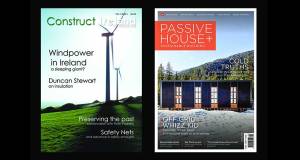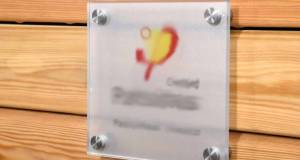
- Product News
- Posted
New version of passive house software imminent
The German version of the new passive house planning software was launched at the International Passive House Conference held in Frankfurt over the weekend, with the English version due to be released this summer.
Passive House Planning Package version eight offers "additional calculation methods and easier data input", according to the Passive House Institute, as well as a central list of certified passive house components and the ability to incorporate electricity yields from solar photovoltaic systems.
Designed to prove compliance with passive house criteria, PHPP has been accepted as a verification tool by Germany’s state subsidies programme for energy efficient buildings.
The software is now "fit for renewable energies and suitable for all climates," said Jan Steiger, a member of the institute's scientific staff.
The institute said that comparative studies with dynamic building simulations have shown that the PHPP algorithms not only work for central European locations but also deliver reliable results for hot and tropical climates. Additional input and calculation procedures also allow the conception of passive cooling strategies.
The software now allows for the calculation of energy outputs from photovoltaic systems, heat pumps and geothermal probes. A procedure for estimating the solar heating supply has also been integrated into the new version. It also includes a central components worksheet for the steadily growing number of certified building components, which can be updated on a regular basis.
In order to further facilitate data input, the user interface and a series of control elements have been restructured and expanded. This summer, the new 3D tool "designPH" will be integrated into PHPP to enable graphical input and visualisation. The SketchUP plugin will allow for graphical data entry and design modelling.
All calculations in the Excel-based software tool remain visible, clearly laid out and understandable, the institute said.
Related items
-
Energising Efficiency
-
 Big picture - New Zealand rural passive home
Big picture - New Zealand rural passive home -
 Podcast: what we've learned from 20 years in green building mags
Podcast: what we've learned from 20 years in green building mags -
 45,000 more Irish homes face radon risk, new maps reveal
45,000 more Irish homes face radon risk, new maps reveal -
 Passive house 30 years on: qualified success or brilliant failure?
Passive house 30 years on: qualified success or brilliant failure? -
 Major new grants for retrofit & insulation announced
Major new grants for retrofit & insulation announced

